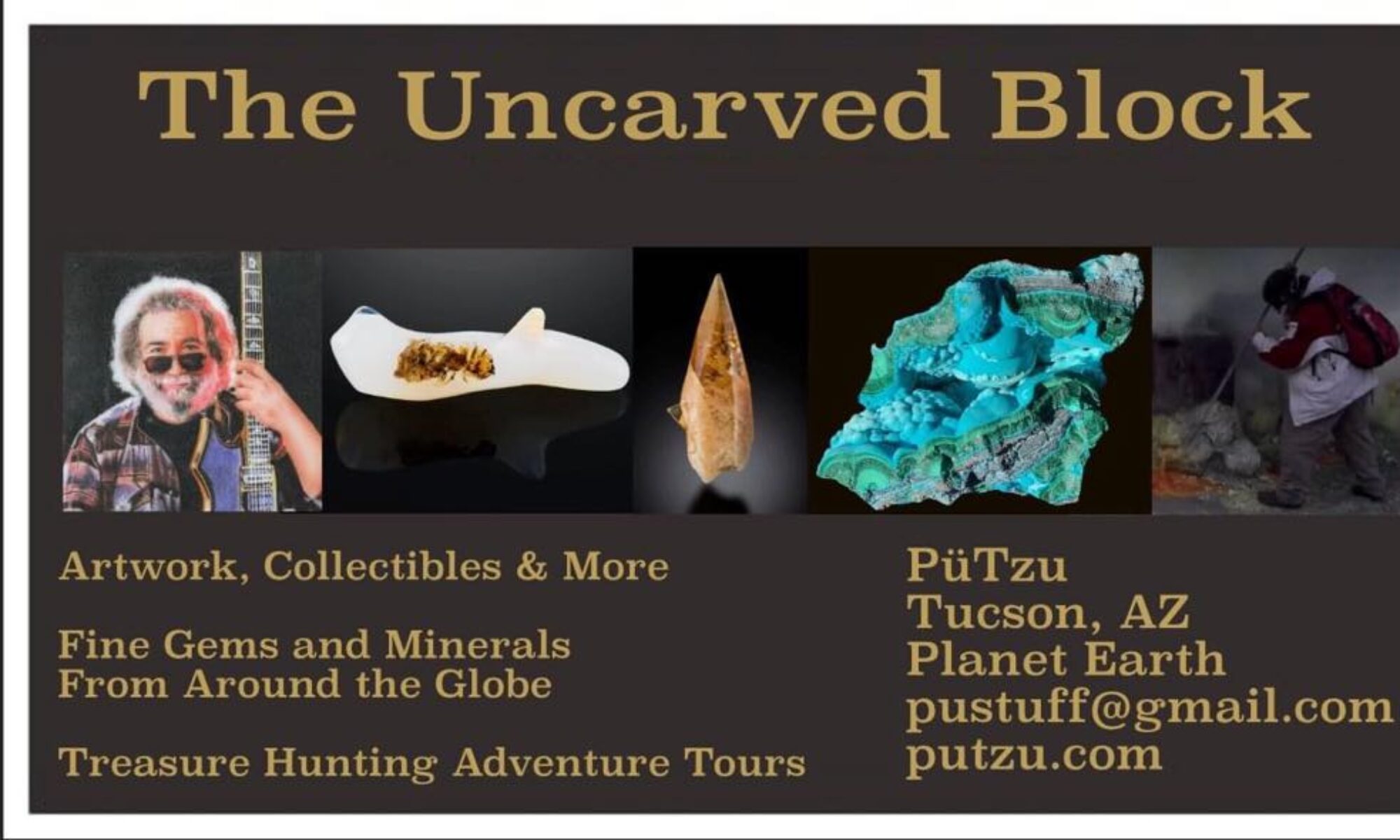Additional items: Aesthetic, opportunity, pick a lane, focus, suites, size/limit focus, budget
Make a user worksheet w drop downs
The Art & Science of Mineral Collecting
Welcome to your interactive guide to the world of collectible minerals. This application will walk you through the key principles of valuation, practical tips for building a meaningful collection, and the rich history behind this fascinating hobby. Whether you’re drawn by the sheer beauty of nature’s creations or the potential for long-term investment, this guide provides the foundation for a rewarding journey.
The 5 C’s of Mineral Valuation
To understand the value and quality of a mineral specimen, we adapt the classic “4 C’s” of diamond grading and add a crucial fifth element: Locality. Click on each ‘C’ to explore its meaning and importance in the world of mineral collecting. This framework is your key to assessing specimens with a discerning eye.
Color: The Specimen’s Soul
Color is often the first quality that attracts us to a mineral. For many species, the value is directly tied to the richness, saturation, and evenness of its color. An intensely saturated purple Amethyst or a deep “Siberian” blue Azurite will command a higher price than paler examples. Rarity of color is also key; a pink Fluorite is far more valuable than a common green or purple one. Some minerals are treasured for their pleochroism (displaying different colors when viewed from different angles) or iridescence, adding another layer of complexity to their evaluation.
Investment vs. Aesthetic Appeal
How does a mineral’s beauty relate to its potential as an investment? This chart visualizes the landscape. Some minerals are prized for their stunning aesthetics but have a broad supply, while others might be less visually dramatic but come from a rare, depleted locality, giving them high investment potential. Use this chart to explore the relationship between these factors. Hover over any bubble to learn more about that mineral type’s collector profile.
Your Practical Guide to Collecting
Building a collection is a personal journey. These fundamental principles will help you make wise decisions, protect your acquisitions, and derive the most enjoyment and value from your specimens over time. This is where knowledge transforms into a well-curated collection.
Buy the Best You Can Afford
This is the golden rule of collecting. It’s better to own one exceptional, high-value specimen than ten mediocre ones. A top-quality piece will always hold its value and is more likely to appreciate. When faced with a choice, stretch your budget for the specimen that truly stands out in terms of the “5 C’s.” Quality is the cornerstone of any significant collection.
Know Your Supplier
Develop relationships with reputable dealers. A trustworthy supplier is your best defense against fakes, misrepresented localities, and repaired specimens. They can be an invaluable source of knowledge and can alert you to new finds. Ask questions, learn their reputation, and don’t be afraid to seek second opinions.
Curate & Catalog
A mineral without a label is just a rock. Your collection’s value is intrinsically linked to its documentation. Keep meticulous records for each specimen: species, locality, date acquired, price paid, and previous collection history. Create durable, professional labels that stay with the specimen. This discipline separates a casual hobby from a serious collection.
Display & Preserve
Proper display not only showcases your collection’s beauty but also protects it. Be aware that some minerals are sensitive to environmental factors. Use the toggle below to see examples.
Generally Stable Minerals
- Quartz varieties (most)
- Feldspar Group
- Pyrite, Galena
Light-Sensitive Minerals
- Realgar (crumbles to powder)
- Amethyst (can fade)
- Vivianite (darkens to black)
Prioritize Aesthetics
While rarity and scientific interest are important, the visual appeal of a mineral is often the most significant factor for personal enjoyment and long-term desirability. Choose specimens that genuinely captivate you with their color, form, and overall beauty. A visually stunning piece, even if not the absolute rarest, will bring continuous satisfaction and often hold strong value.
Seize Unique Opportunities
Some mineral finds are truly once-in-a-lifetime occurrences, especially from classic localities that are now closed. When an exceptional specimen from a renowned or newly discovered pocket becomes available, be prepared to act decisively if it aligns with your collection goals and budget. Hesitation can mean missing out on a piece that may never be seen again.
Focus and Specialize
The world of minerals is vast. To build a cohesive and impactful collection, consider specializing. This could mean focusing on a particular mineral species (e.g., Tourmaline), a specific locality (e.g., Tsumeb Mine), a certain crystal habit (e.g., cubic minerals), or a size category (e.g., miniatures). Specialization allows you to become an expert in your chosen niche and build a collection with depth and significance.
Build Thematic Suites
Instead of acquiring disparate pieces, consider building “suites” – groups of minerals that share a common theme. This could be different habits of the same mineral, minerals from a specific mine, or a series of minerals demonstrating a particular geological process. Thematic suites add educational value and visual coherence, elevating your collection beyond individual specimens.
Find Your Collecting Lane
Answer these questions to help clarify your collecting focus. Your responses will guide you towards a personalized direction for your mineral collection.
A Legacy of Collecting
Mineral collecting has a rich history, attracting royalty, scientists, and industry titans for centuries. It began in the cabinets of curiosity of European aristocrats and evolved with the scientific enlightenment. Explore this timeline of notable collectors and eras by clicking on each point.
Click on a timeline event to see the details here.
